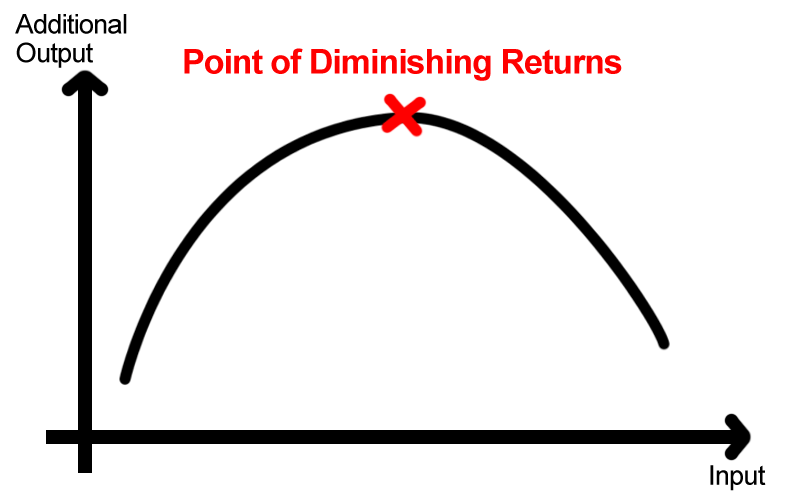
Never underestimate the importance of buy-in to the success of your strategic initiative or business transformation. Buy-in is so critical for creating a sense of urgency and gaining stakeholder alignment that John Kotter wrote a book about it: Buy-In: Saving Your Good Ideas From Getting Shot Down(2010, Harvard Business Press).
All business initiatives begin as ideas. Typically, the idea for a new business initiative takes shape, evolves, and matures over the course of weeks and months (sometimes years), during which time the idea is shared repeatedly with stakeholders. Successful buy-in results from your ability to convince the organization’s key stakeholders that your idea is worthy of prioritization (and funding). This is done by presenting a strong business case that includes thoughtful analysis, economic data, and, of course, heart and mind appeal. It is critically important for you to be able to communicate your idea/initiative in a manner that is both to-the-point and compelling. One tool for doing this is the elevator pitch. A perennial favorite of MBAs and venture capitalists alike, the elevator pitch can also play an important role in “selling” your business initiative internally within your organization.
The elevator pitch is a pithy explanation (30 seconds or less) that communicates the gist of the business initiative. Imagine a chance meeting with a key business leader in an elevator. Your colleague says, “I heard you are working on the <fill in the blank> initiative. What’s it all about?” This is an open invitation for you to influence and persuade. The elevator pitch done effectively can help to mobilize leaders in support of an initiative and can provide project team members with added confidence when speaking publicly in support of the initiative. The elevator pitch also serves as the foundation for developing broader stakeholder communications about the initiative.
Create an Effective Elevator Pitch
 So, how do you create an effective elevator pitch? Use the five steps below to craft your own elevator pitch for your idea or business initiative.
So, how do you create an effective elevator pitch? Use the five steps below to craft your own elevator pitch for your idea or business initiative.
- What the initiative is about (Complete the statement: “Our initiative is about…”)
- Why it’s important (Explain why the initiative is important and the consequences of not pursuing it)
- What success looks like (Describe what will be better once the initiative has been completed)
- How you can help (Explain how others can play a role in supporting the initiative)
- Your elevator pitch (Summarize the previous four elements in a way that can be explained in 30 seconds or less)
Be sure to use conversational language and terminology that is meaningful to your business. By all means, avoid buzzwords and consultant speak. Practice your elevator pitch so that you can deliver it confidently from memory. Occasionally test your teammates’ and leaders’ elevator pitch skills by asking them “What’s this initiative about?”











